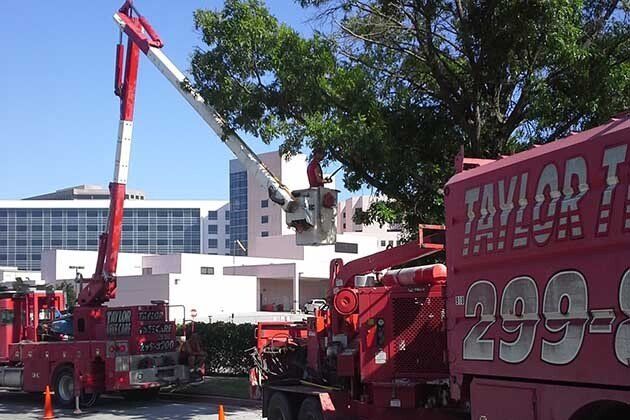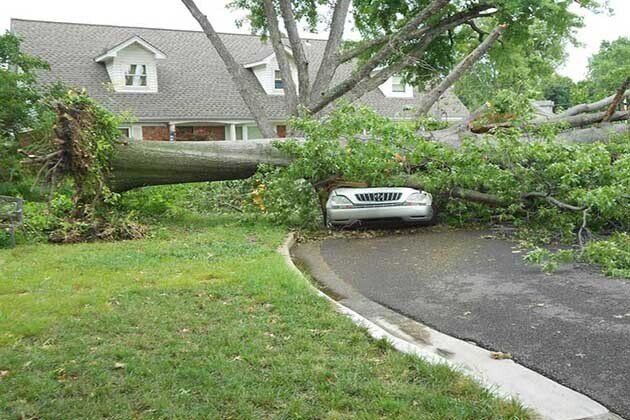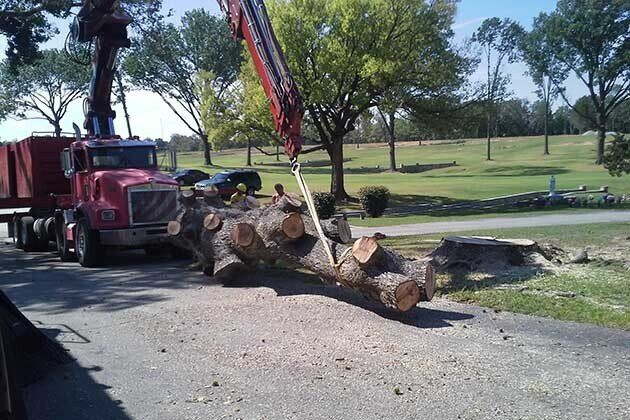Make Sure Your Tree Survives a Storm with Tree Cabling and Bracing
Oklahoma is often plagued with strong winds and storms throughout the year. One of the most notable examples of this is tree damage. With powerful winds and rains, many of the wonderful trees throughout the state are often damaged. From broken branches scattered across the ground to entire trees being uprooted, many healthy trees suffer huge amounts of damage. Thankfully, many trees survive the storms with the benefit of tree cabling and bracing. This process ensures that trees are much more likely to survive adverse weather conditions.
Let’s take a closer look at this process, and how it may be worth investing in to ensure your tree survives any future storms.
How Tree Bracing and Cabling works
Tree bracing and cabling is a process used by arborists to add structural support to a tree. It involves adding strong braces and/or cables to a tree to help prevent possible damage or failure, typically in the event of adverse weather.
For instance, cabling and bracing involve adding flexible steel cables between branches or trunks of a tree, connecting them between bracing rods or bolts attached to the tree. Dead branches are also removed during the process, further minimizing the risk as they are the most likely to break off during a storm.
This helps to reduce the movement of any healthy branches and trunks, while also offering additional support to any weak spots, limiting how much stress they face in times of high winds and heavy rains.
Bracing and cabling are typically used to support and brace multiple tree limbs or trunks, whether it’s a cluster of branches in the canopy or a split trunk at the base of the tree.
Tree Bracing and Cabling Benefits
By providing added structural support to various parts of a tree, bracing and cabling makes the tree much less susceptible to damage from the elements. For instance, branches cannot move as freely as they once did, reducing the stresses and fractures caused by high winds, meaning they’re less likely to snap off.
This provides obvious safety benefits in times of storms, while also greatly reducing the risks of property damage and possible death to the tree from excessive damage. Certain species of trees are more susceptible to damage from high winds, such as those with open canopies and trees prone to multiple trunks.
Does Tree Cabling and Bracing Help Trees Survive Storms?
For the most part, yes! However, always ensure the service is done properly. This will guarantee that the process is done using the best (and safest) standards. As tree inspections are about determining any structural weaknesses that could be a risk, it’s a great way to find out how safe your tree now is after the bracing and cabling process.
If you have questions about Tree Cabling and Bracing or any other tree services contact the professionals at Taylor Tree Care for a Free Estimate.



